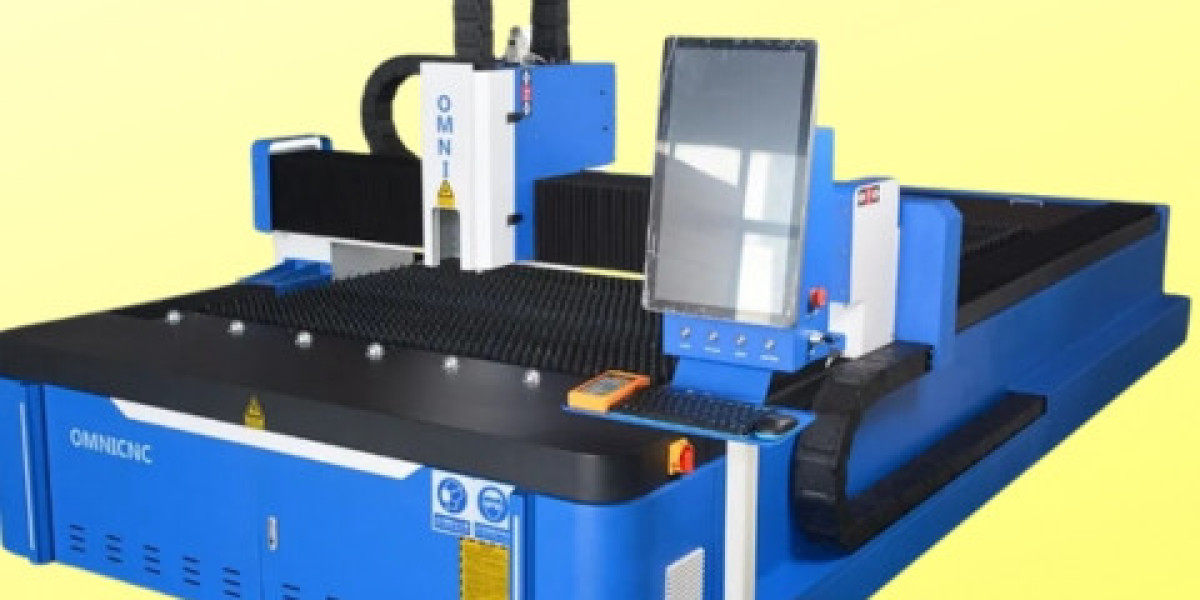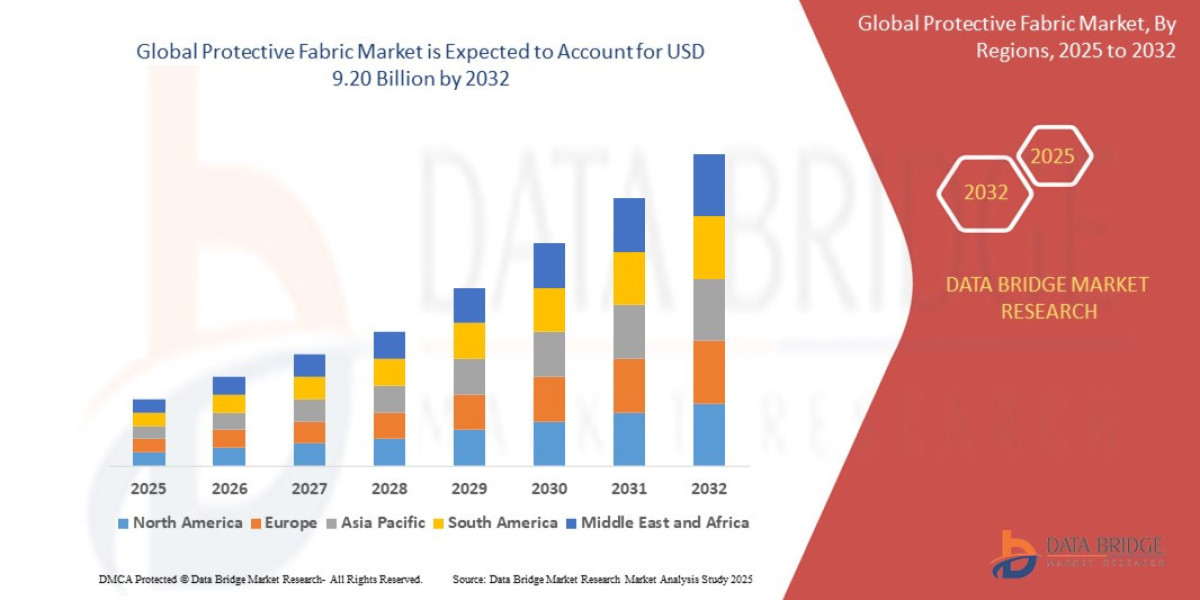In this article, we’ll explore this intriguing question and uncover the real capabilities of fiber laser cutting machine when it comes to reflective metals. We'll break down how these machines work, why reflective surfaces pose a challenge, and what innovations allow fiber lasers to perform flawlessly under these conditions. If you're a manufacturer, fabricator, or business owner considering investing in laser technology, this is a must-read guide.
Understanding the Technology Behind Fiber Laser Cutting Machines
Before diving into the specifics of reflective metal cutting, it’s important to understand the fundamentals of a fiber laser cutting machine.
Fiber laser cutting machines utilize a high-powered laser beam generated from an active optical fiber. This laser beam is transmitted through a flexible fiber cable, enabling highly focused and controlled cutting. The beam is directed through lenses and mirrors to the material’s surface, where the concentrated heat melts or vaporizes the target area.
The key point that makes a fiber laser cutting machine unique is its source — the fiber laser. Unlike CO2 lasers, which rely on a gas-based medium, fiber lasers use doped fiber optics to amplify the laser beam. This not only results in greater efficiency but also allows for superior cutting of thinner and even highly reflective metals.
The Challenge of Reflective Metals
Reflective metals such as aluminum, brass, copper, and gold are notoriously difficult to process using traditional laser technology. The reason lies in their ability to reflect a significant portion of the laser beam. When the laser beam hits the reflective surface, it bounces back, potentially damaging the internal components of the cutting system — especially the laser source or optics.
This reflection, also known as back reflection, can:
Interrupt the cutting process
Cause thermal instability
Damage the laser source over time
In traditional CO2 systems, this often leads to increased maintenance costs and reduced machine lifespan. But this is where the fiber laser cutting machine shows its superior engineering.
Fiber Lasers vs. Reflective Metals: What’s Different?
Fiber laser cutting machines are inherently better equipped to handle the reflection issue. Here’s why:
1. Wavelength Advantage
Fiber lasers operate at a wavelength of approximately 1.06 micrometers, which is significantly shorter than CO2 lasers (10.6 micrometers). This shorter wavelength is absorbed more effectively by metals, including reflective ones. Better absorption means less back reflection and more efficient cutting.
2. Beam Quality
The high beam quality and smaller spot size of a fiber laser contribute to a higher energy density on the surface of the material. This allows for faster and more precise cutting of reflective metals without requiring excessive power.
3. Advanced Optical Isolation
Modern fiber laser cutting machines are equipped with optical isolators. These are devices specifically designed to prevent any reflected laser light from reaching and damaging the laser source. This innovation significantly increases safety when cutting reflective materials.
4. Real-Time Monitoring and Automation
Many machines come with intelligent sensors and automation that detect irregular reflections and adjust parameters accordingly. This ensures smooth operation even when working with challenging materials like brass or copper.
Practical Use Cases: Fiber Lasers Cutting Reflective Metals
Let’s take a real-world look at how industries are successfully using fiber laser cutting machines to process reflective metals:
Electronics Manufacturing
Copper and brass are widely used in electrical circuits due to their conductivity. Fiber laser cutting machines are now a standard tool in producing these components, thanks to their precision and reliability with reflective metals.
Aerospace and Automotive Industries
Lightweight metals like aluminum are vital for building aircraft and vehicles. Fiber lasers enable clean and precise cutting, ensuring components fit exactly without the risk of damaging the workpiece or machine.
Architectural Metalwork
Decorative features often involve reflective materials, especially in modern designs. Fiber laser machines handle intricate cuts and patterns in these metals with ease, making them ideal for artistic metal fabrication.
Considerations Before Cutting Reflective Metals
While fiber laser cutting machines have made significant advancements, users must still take certain precautions and follow best practices:
Ensure Proper Setup: Use the correct focal length, nozzle type, and cutting parameters specifically tuned for the reflective metal in question.
Clean Surface: Dirt or oil on the material can affect the laser's performance. A clean surface ensures consistent results.
Material Thickness: Fiber lasers excel at cutting thin to medium-thickness reflective metals. For very thick materials, adjustments in power and speed may be necessary.
Safety Protocols: Always adhere to safety guidelines, including protective eyewear and enclosures, especially when dealing with high-reflective surfaces.
Why Choose a Fiber Laser Cutting Machine for Your Business?
If your operations involve a variety of metals, including highly reflective ones, a fiber laser cutting machine offers unmatched versatility. Whether you’re cutting aluminum for lightweight components or brass for decorative finishes, you can rely on fiber laser technology to deliver high performance without risking equipment damage.
Additionally, with improvements in cooling systems, beam delivery, and software automation, modern machines offer seamless integration into industrial workflows. The ability to transition from cutting stainless steel to copper with only minor adjustments showcases their adaptability — a crucial factor in today’s fast-paced manufacturing world.
Final Thoughts
So, can a fiber laser cutting machine slice through reflective metals without damaging the system? Absolutely — and not only that, it does so with precision, efficiency, and long-term reliability.
Thanks to its advanced optical design, shorter wavelength, and integrated protective technologies, the fiber laser cutting machine has turned what was once a risky endeavor into a routine industrial task. For businesses looking to invest in dependable metal cutting solutions that can handle any material — including the shiny, reflective ones — there is no better choice than a fiber laser cutting machine.
Investing in this technology means preparing your business for the demands of modern production while safeguarding your equipment and ensuring top-tier results. Whether you're expanding your capabilities or upgrading outdated systems, the power of fiber laser cutting will keep you ahead of the competition.
If you're considering your next move in metal fabrication, now is the time to explore how a fiber laser cutting machine can redefine your production process — one precise cut at a time.








